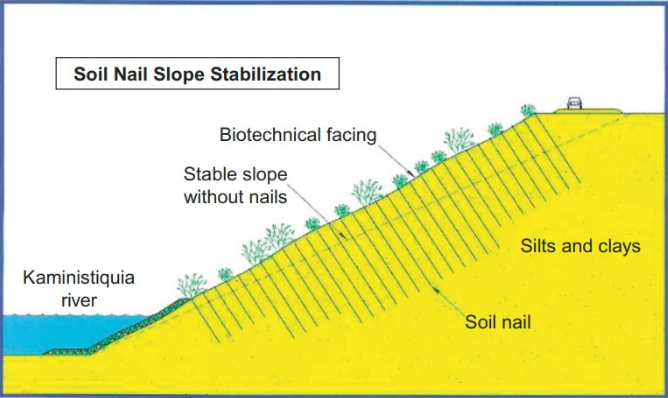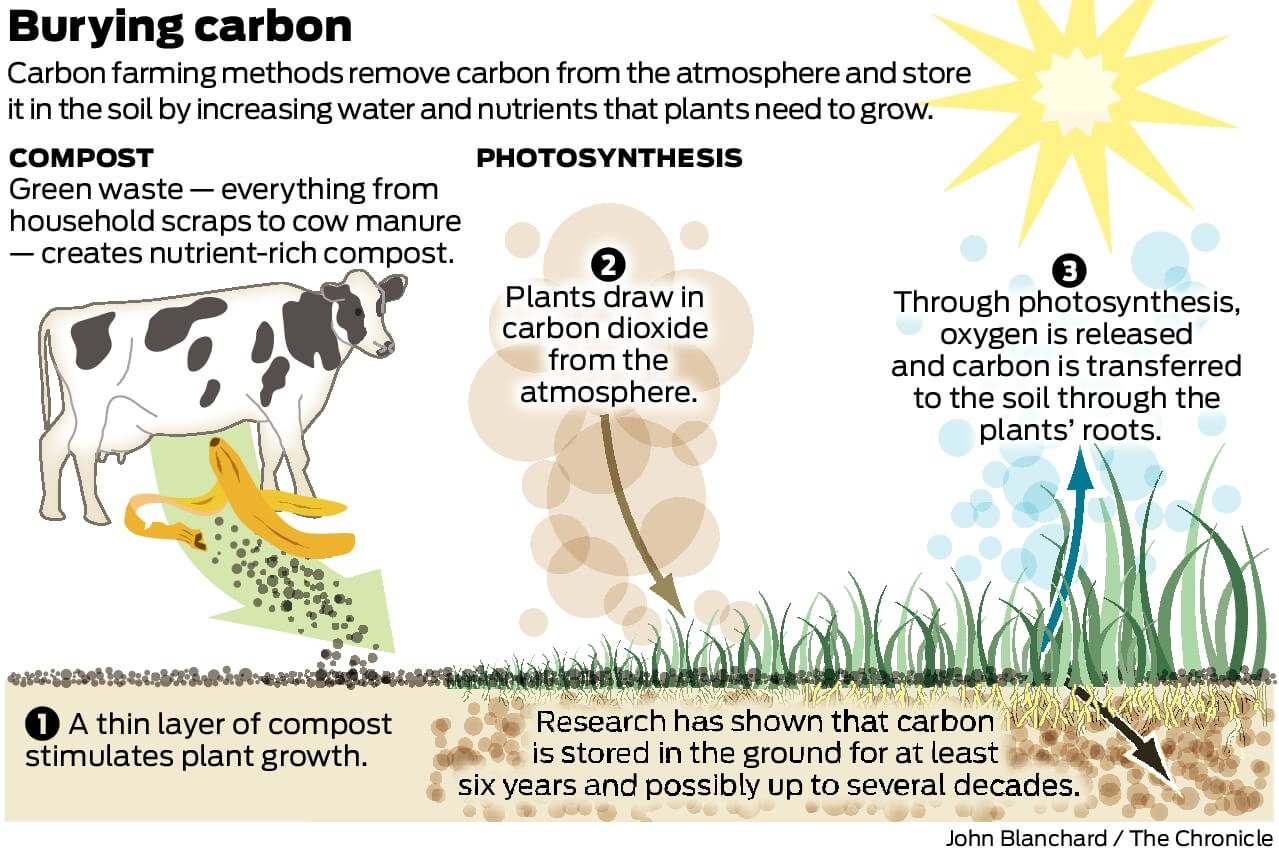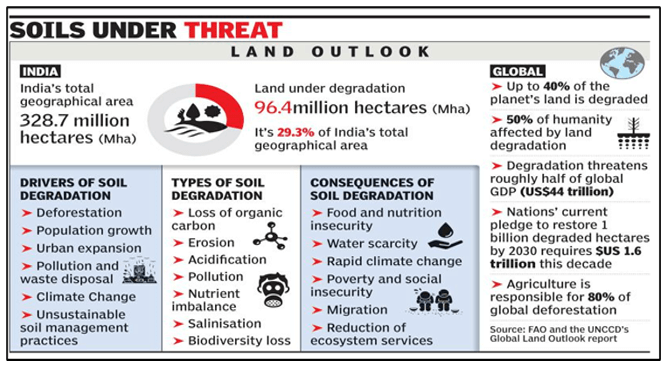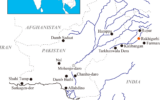
Soil Organic Carbon Prediction
Subscribers of "Current Affairs" course can Download Daily Current Affairs in PDF/DOC
Subscribe to Never Miss an Important Update! Assured Discounts on New Products!
Must Join PMF IAS Telegram Channel & PMF IAS History Telegram Channel
- Context (HT): A new model has been created to predict soil organic carbon (SOC) levels, a vital determinant of soil health and agricultural productivity.
- The researchers developed a cutting-edge machine learning model called the Perimeter-Area Soil Carbon Index (PASCI) to predict soil organic carbon (SOC) levels with unprecedented accuracy.
- By utilising hyperspectral data and identifying key spectral bands, PASCI offers a more precise and efficient method for assessing soil quality and supporting sustainable agricultural practices.
- Accurately measuring SOC levels is crucial for optimising crop yield and promoting sustainability, but traditional methods often lack precision and detail for comprehensive soil assessments.
- The PASCI approach enables the detection of finer details in soil composition and variations across different landscapes, leading to more precise farming practices.
Soil Organic Carbon (SOC)
- SOC refers to the carbon content in soil that is derived from organic matter, such as decomposed plant and animal residues, microorganisms, and other organic compounds.
- Organic matter makes up just 2–10% of most soil’s mass and has an important role in the physical, chemical and biological function of agricultural soils.
- It aids in nutrient and moisture retention, soil structure, pollutant degradation, and carbon sequestration.
- SOC is affected by climate, vegetation, land use, mineralogy, and management practices.
Soil Organic Matter
- Soil organic matter (SOM) primarily consists of carbon, hydrogen, and oxygen, with smaller amounts of nitrogen, phosphorus, sulfur, potassium, calcium, and magnesium from organic residues.
- It includes ‘living‘ components, like roots, fauna, and microorganisms, and ‘dead‘ components.
Traditional Methods for Measuring SOC
- Dry Combustion: Burns soil samples at high temperatures to measure carbon dioxide released.
- Wet Oxidation: This method uses an oxidising agent to convert organic carbon to carbon dioxide for measurement. It is less accurate but more accessible and cost-effective.
- Spectroscopic Methods: Uses NIR and MIR spectroscopy to estimate SOC content through light reflectance or absorbance; rapid and non-destructive but requires calibration with reference methods.







![PMF IAS Environment for UPSC 2022-23 [paperback] PMF IAS [Nov 30, 2021]…](https://pmfias.b-cdn.net/wp-content/uploads/2024/04/pmfiasenvironmentforupsc2022-23paperbackpmfiasnov302021.jpg)










